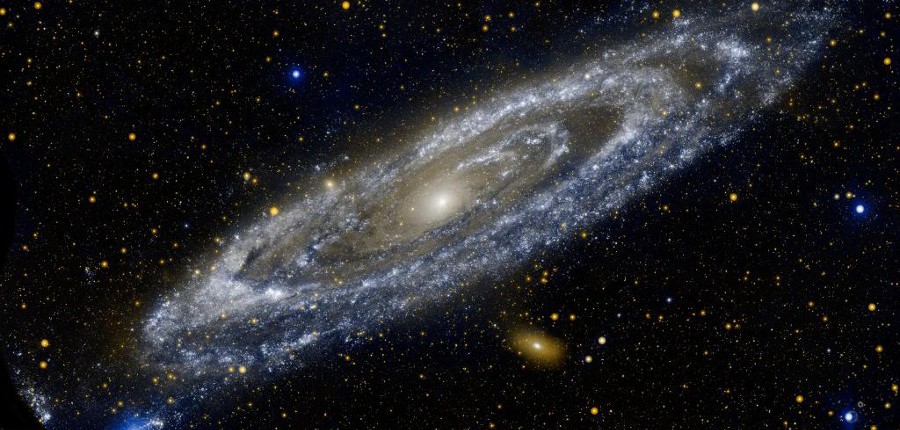Qualitatively speaking quantum theory is an incoherent mess. A quick survey of the various quantum interpretations makes the problem clear. The mathematical formalisms of quantum theory work fine in a strictly utilitarian way, but no one is quite sure how to describe the nature of the underlying physics. This has been a problem ever since the inception of quantum physics back in the early decades of the 20th century. The informal description, quantum weirdness, is often applied to the general state of confusion.
The Island Universe Theory (IU) offers the possibility of constructing a rational explanation of quantum phenomena that is consistent with both theory and observations. It does this by simply changing the conceptual framework we bring to the consideration of our collected knowledge of the events and behaviors that take place on the quantum scale.
The double slit experiment is often said to encapsulate the fundamental mystery at the heart of quantum physics, wave-particle duality. The experiment, especially in its modern versions, is interpreted to indicate that all observable entities on the quantum scale exhibit both wave and particle characteristics and therefore all of these entities have a complex wave and particle nature. This interpretation of the experimental evidence is unnecessarily confounding. It is more accurate and concise to say that at the quantum level particles and waves interact in ways that produce varying results that depend on the structure of the experiment. The issue then becomes, how to differentiate particles from waves, which is another way of asking how to differentiate matter from energy.
This differentiation is accomplished in IU via the recognition that matter (defined as anything with rest mass) is 3-dimensional and energy (defined as electromagnetic radiation) is 4-dimensional. The varying results of the double-slit experiment can then be interpreted in terms of whether one is making a 3-dimensional test (one slit closed or with a slit-detector in place) or 4-dimensional test (both slits open).
Special mention should be made here of the nature of the photon which is conventionally treated as a particle. In IU we reserve the term particle for 3D matter which is always localized, that is matter can always be said to exist at a defined 3D location. The photon is recognized as a 4D wave-packet which is discreet but not 3D localized except at the instant of its emission or absorption by a 3D particle, most commonly an electron. This type of interaction with a 3D particle follows directly from the quantum nature of photons; all of a photon’s energy can only be emitted or absorbed in its entirety and therefore a photon can only interact with a single particle in a zero time interval. This is what gives rise to the mistaken interpretation that the photon itself is a particle.
The foregoing adequately accounts for the behavior of a photon in the double-slit experiment but what about the results derived by using electrons instead of protons. How does the IU account for the wave like behavior of the electron? First, in IU space, time and spacetime are recognized as human concepts derived from the observation of matter-energy systems; they have no physically meaningful correlate. Therefore as an electron traverses the dual-slit experimental equipment, it is travelling through a chaotic sub-quantic (relative to the electron) electromagnetic field that has both local and remote, omnidirectional sources. In travelling through this composite EM field the electron imposes some degree of local structure on the chaos by virtue of its charge and motion. This structure then reflexively affects the motion of the electron. Essentially this is the de Broglie-Bohm interpretation with the underlying wave structure being explicitly electromagnetic radiation.
It is of particular interest that this type of pilot wave behavior has recently been demonstrated on the macroscopic scale. Whether this will hasten the demise of unrealistic interpretations of quantum phenomenon remains to be seen however. Weirdness for its own sake has its proponents.
